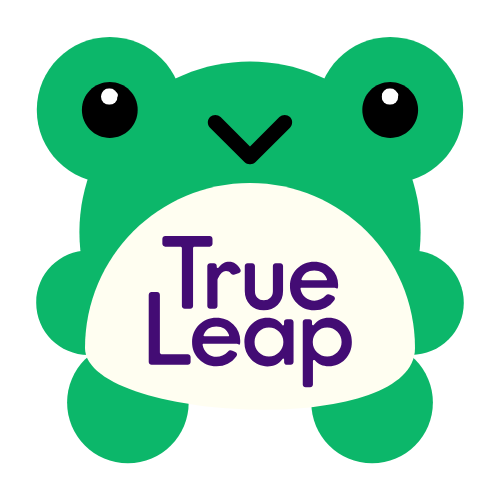- Digital Tools in the Classroom Learning Management Systems (LMS): Platforms like Google Classroom, Canvas, and Moodle let teachers organize lessons, track progress, and communicate with students.
Interactive Whiteboards & Smart Displays: These replace traditional chalkboards with dynamic, multimedia-friendly surfaces that allow annotation, collaboration, and real-time feedback.
Presentation Tools: Tools like PowerPoint, Prezi, or Canva help teachers create engaging, visual lectures.
- Personalizing Learning with Tech Adaptive Learning Software: Programs like DreamBox or Khan Academy adapt to a student’s performance, offering personalized challenges.
Gamification: Using game elements (like points, levels, and leaderboards) in tools like Classcraft or Kahoot boosts motivation and engagement.
AI Tutors & Chatbots: These offer 24/7 assistance and can help reinforce concepts outside class time.
- Enhancing Collaboration and Communication Collaborative Documents: Google Docs, Slides, and Sheets allow real-time collaboration among students and between teachers and students.
Discussion Forums and Chat Apps: Tools like Padlet, Flipgrid, or Slack (in education settings) encourage dialogue beyond the classroom.
Video Conferencing Tools: Zoom, Microsoft Teams, or Google Meet support remote learning and virtual office hours.
- Assessment and Feedback Online Quizzes & Polls: Tools like Quizizz, Socrative, and Mentimeter help with formative assessments and immediate feedback.
Digital Portfolios: Platforms like Seesaw or Google Sites let students track and showcase their learning journey.
Analytics Tools: Many LMS platforms provide data on student performance, engagement, and progress, helping teachers tailor instruction.
- Innovative Teaching Approaches Flipped Classroom: Students watch lectures at home via video (e.g., YouTube, Edpuzzle) and do “homework” activities in class.
Blended Learning: Combines traditional face-to-face teaching with online instruction.
Virtual & Augmented Reality: Apps like Google Expeditions or Merge EDU bring immersive experiences into learning—from exploring the solar system to walking through a cell.
- Challenges & Considerations Digital Equity: Not all students have equal access to devices or internet connectivity.
Screen Time Concerns: Balancing tech use with non-digital learning is important.
Teacher Training: Effective tech integration requires ongoing professional development.
Privacy & Security: Protecting student data is critical when using online platforms.

